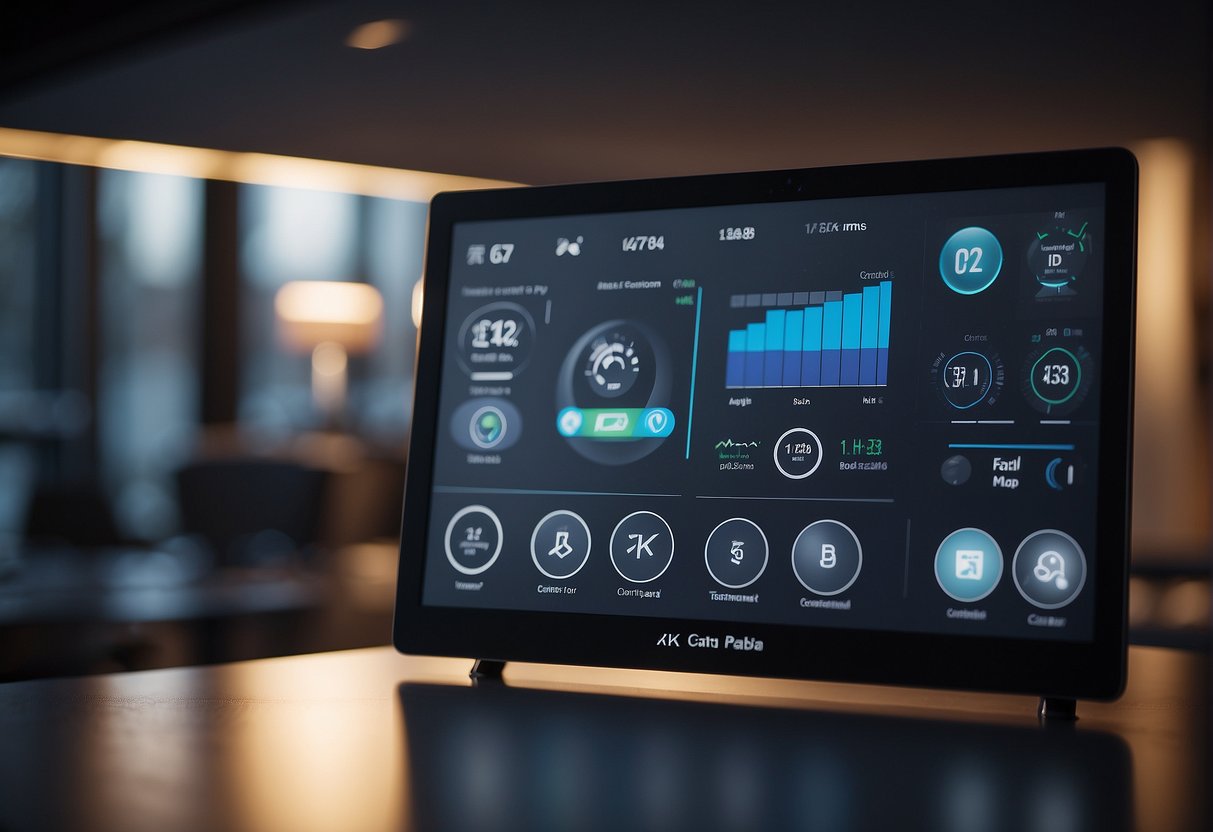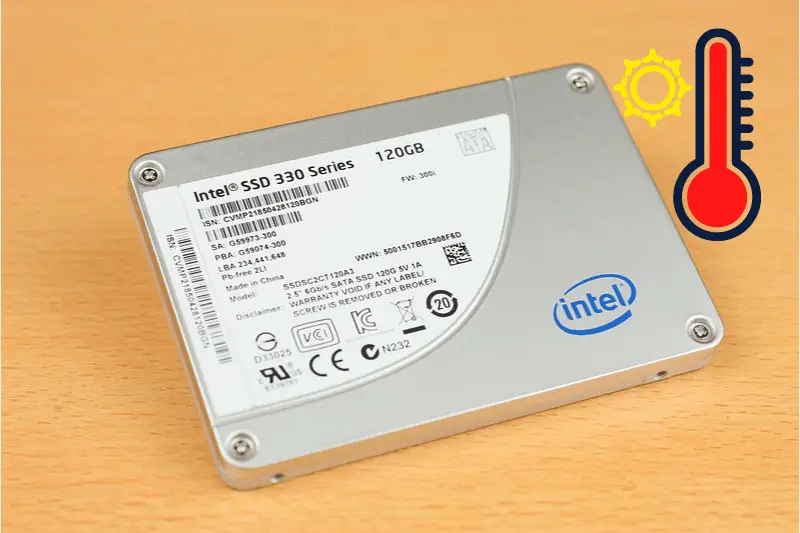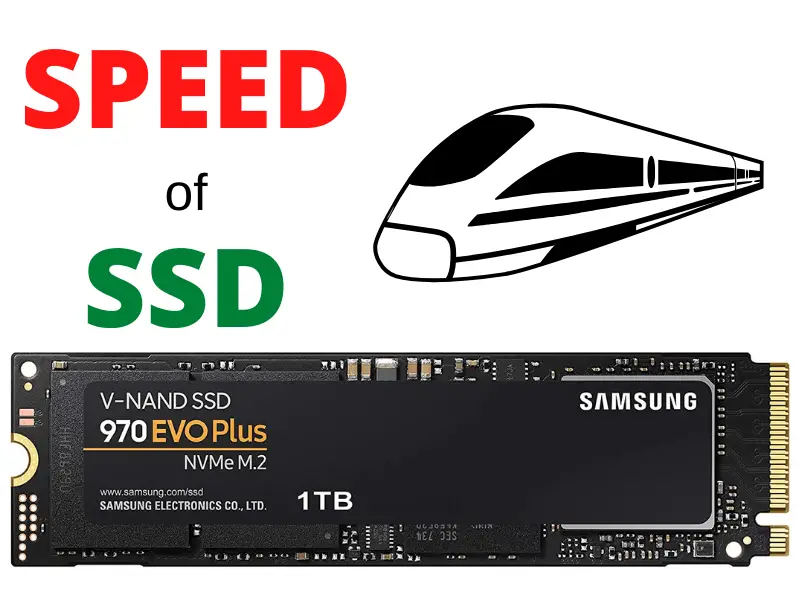Home automation and security systems have come a long way in recent years.
With technological advancements, it’s now possible to control various aspects of your home with just a few taps on your smartphone.
I’m excited to share my thoughts on complete home automation and security systems, which are not only designed to protect your home but also make your daily life more convenient.
Table of Contents

Today’s home automation systems seamlessly integrate with security features, giving you the ability to monitor and control security cameras, door locks, lighting, and even thermostats.
Best Smart Home Automation Security Systems in 2024 highlights some of these remarkable innovations, like transforming your home into a smart tech fortress.
It’s truly amazing how far technology has come, and I personally believe that having a smart home security system can greatly enhance our quality of life.
Moreover, DIY options have also gained popularity, as they offer flexibility and cost savings. Consumer Reports features some of the best DIY home security systems, allowing people like me and you to custom-tailor our security setups to fit our unique needs.
Overall, it’s clear that smart home automation and security systems are becoming indispensable in our fast-paced, tech-driven world.
Understanding Home Automation and Security Systems
The Basics of Home Automation
Home automation has become an essential part of modern living. With the use of smart devices and technology, I can now control and manage various aspects of my home, making my life more convenient and efficient.
There are various components in a home automation system, such as sensors, controllers, and smart devices, which work together to create a seamless experience.
For instance, the integration of sensors allows me to monitor temperature, humidity, and even occupancy.
These sensors communicate with controllers, which can be anything from smart speakers to smartphones, making it easy for me to control my home’s lights, thermostats, and surveillance cameras.
Here’s a simple overview of the key elements of a smart home:
- Sensors: Detect changes in the environment (e.g., temperature, light, and motion)
- Controllers: Devices for managing the system (e.g., smartphones, tablets, smart speakers)
- Smart devices: Appliances and gadgets that can be controlled remotely (e.g., lights, thermostats, door locks)
I also enjoy the flexibility of home automation systems as they are often customizable, and I can choose the features that match my needs and preferences.
Introduction to Home Security
In addition to making my life easier, home automation systems also enhance security in my living space. With a well-rounded smart security system, I can monitor and protect my home from intruders, fire, and other hazards.
There are various smart security system components that I can install in my home, such as:
- Surveillance cameras: Provides real-time footage allowing me to monitor my property
- Motion detectors: Detect movement and trigger alarms to alert me of potential threats
- Smart locks: Can be locked or unlocked remotely, providing keyless access to my home
Modern home automation security systems even incorporate artificial intelligence and machine learning to enhance their functionality.
Smart cameras can differentiate between regular movements (e.g., my pet roaming around) and potential threats.
In conclusion, investing in a comprehensive home automation and security system not only makes my life easier and more convenient but also ensures the safety and security of my property and loved ones.
Choosing the Right System for Your Home
Factors to Consider: Budget and Needs
When searching for a complete home automation and security system, it’s essential to consider your budget and specific needs.
It’s crucial to strike a balance between cost and the level of protection you require. Firstly, determine your basic requirements – for example, door and window sensors, a control panel, and at least one camera.
Then, consider any additional features you may want, like smart home integrations or 24/7 professional monitoring. There are a variety of systems available in the market, ranging from affordable options to more high-end solutions.
Comparing Different Brands and Technologies
It’s essential to compare various brands and technologies to find the perfect automation and security system for your home. Some popular options include ADT, Vivint, SimpliSafe, and Ring Alarm.
Each brand offers unique features and technologies catering to different budgets and requirements.
For instance, Vivint is known for its high-tech security and home automation, while SimpliSafe provides reliable DIY wireless home security systems at a more affordable price.
Consider the following features when comparing:
- Price of equipment and monthly monitoring fees
- Length and terms of contracts, if applicable
- Available smart home integrations
- Camera quality and number of sensors included in the package
- Customer service and user reviews
DIY vs. Professional Installation Options
When choosing a home automation and security system, consider whether you’d prefer a DIY installation or a professional installation.
DIY systems like SimpliSafe and Ring Alarm offer quick and easy setups that don’t require drilling or special tools.
They’re also more flexible and often come with no long-term contracts, making them an affordable choice.
On the other hand, professional installation companies like ADT and Vivint provide expert setups and often include ongoing 24/7 monitoring services.
While this option may be more expensive, it ensures that your system is set up correctly and provides peace of mind knowing that professionals are monitoring your home.
In conclusion, selecting the right home automation and security system depends on your budget, needs, and whether you prefer a DIY or professional installation.
With a bit of research, you’ll be able to find the perfect system to keep your home safe and secured.
Integration and Control
Leveraging Mobile Apps for Monitoring and Control
In today’s world, a complete home automation and security system is often paired with mobile apps. I can control my home appliances and monitor the security of my home using these apps.
For instance, the Vivint app enables me to transform my home into a smart tech fortress.
Similarly, apps like Samsung SmartThings, Apple HomeKit, and IFTTT (If This Then That) make it easy for me to control and monitor my home devices.
Using these mobile apps, I can:
- Remotely control and monitor appliances and devices
- Receive notifications related to appliance status and security alerts
- Configure and manage smart home settings
Voice Assistants and Their Role in Automation
I also rely on voice assistants like Amazon Alexa, Google Assistant, and Apple Siri to make home automation simpler.
These assistants work with devices like Amazon Echo and Google Home, allowing me to interact hands-free. I can use them to control lighting, climate, entertainment systems, and appliances.
Some common voice commands include:
- “Hey Google, turn on the lights.”
- “Alexa, set the thermostat to 72 degrees.”
- “Siri, play my favorite playlist.”
Creating Schedules and Automating Tasks
To make my life even more comfortable, I use home automation systems to create schedules and automate tasks.
I can set up a routine that automatically turns off the lights when I go to bed or turns them on before I wake up.
Some popular task automation examples are:
- Energy-efficient temperature control: Program the thermostat to lower temperature during the night and increase it during the day.
- Automatic lighting control: Set the lights to turn off when nobody is around or create a “vacation mode” to make the house look occupied.
- Smart sprinkler systems: Schedule watering times based on weather forecasts and water restrictions.
So, with the help of mobile apps, voice assistants, and task automation, I can create a fully integrated and efficient home automation system that is convenient, efficient, and secure.
Maintaining and Expanding Your System

Regular Updates and Security Checks
To keep my home automation and security system working effectively, I make sure to perform regular updates. This is crucial to ensure that the system stays up-to-date with the latest security features and overall performance.
I keep an eye on my smart hub for firmware updates, which can enhance the hub’s communication with other devices using wireless technology standards like Z-wave and Zigbee.
In addition to updates, I also conduct security checks on my equipment. This involves inspecting my security cameras and making sure that the camera feeds are clear and functioning properly.
I also ensure that my smart locks are working smoothly and that my Z-wave and Zigbee devices are performing optimally.
Adding Smart Devices and Upgrades
Expanding my home automation and security system is an exciting part of the process, as it allows me to enhance the functionality and convenience of my home.
When adding new devices, I consider compatibility with my existing system, specifically the smart hub and the wireless protocols used by my current devices, such as Z-wave or Zigbee.
Here is a list of devices and upgrades that I’ve found useful to enhance my system:
- Smart locks: Play a crucial role in securing my home, allowing me to lock and unlock doors remotely and track entry activity.
- Security cameras: Provide visual surveillance and assist in monitoring the exterior and interior of my home.
- Smart lights: Help me set the mood, conserve energy, and automate lighting schedules for both indoor and outdoor spaces.
- Z-wave devices: Expand my home automation capabilities by using the low-energy Z-wave wireless communication protocol.
- Zigbee devices: Offer a wide range of compatibility and reliability with popular smart home products, ensuring a seamless smart home experience.
As I continue to maintain and expand my home automation and security system, my home becomes increasingly interconnected, secure, and efficient.




